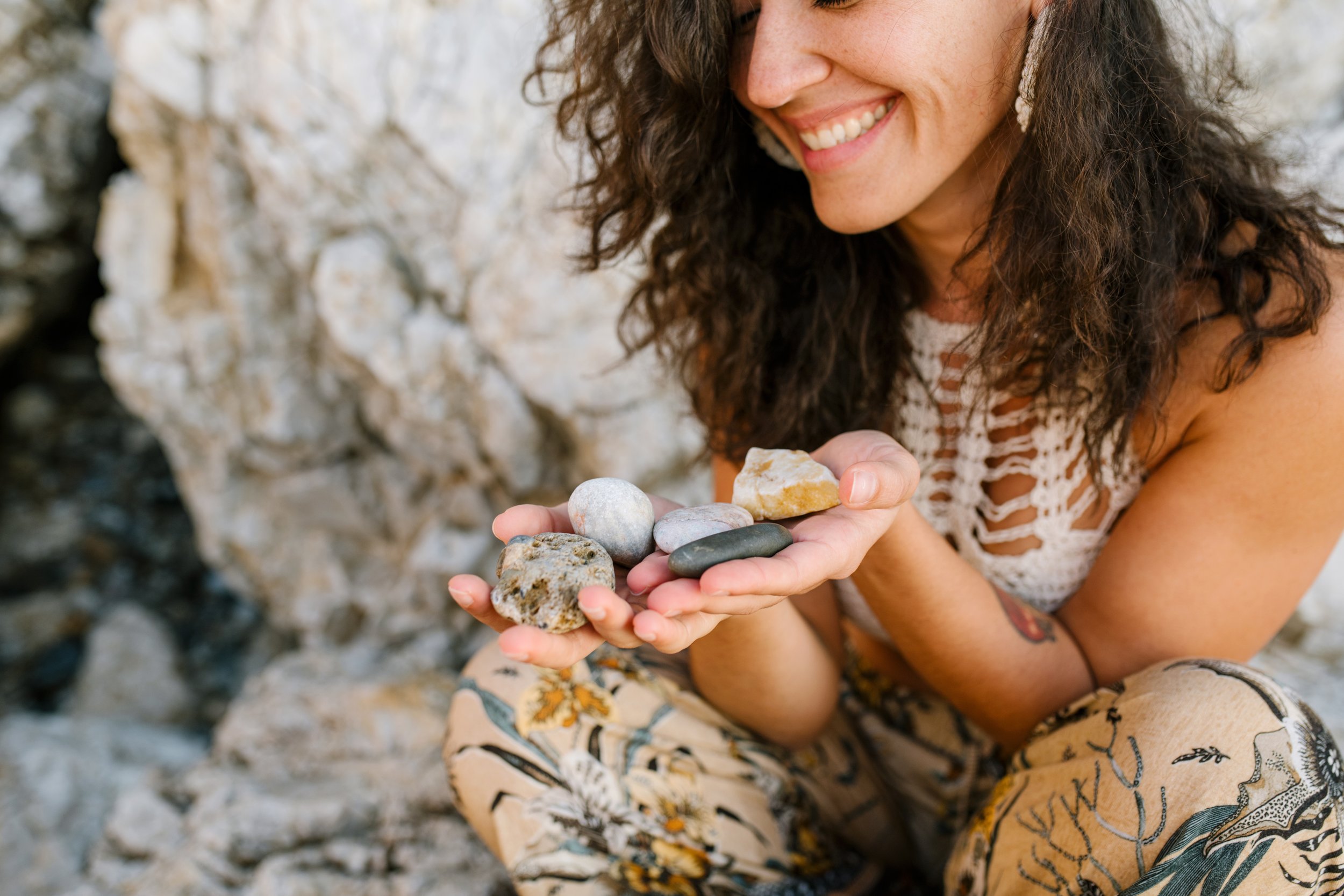Minerals & Skin: An Essential Guide
“Mineral” is a word that is often used when discussing various substances in our diets, but actually getting to the bottom of what we are talking about can be quite confusing!
As more and more research emphasises that a well-balanced diet has a great effect on skin health and skin ageing, more interest is turning to the role that diet plays in skin.
In this article we will summarise the roles of minerals for our skin health, and explain where you can find these minerals in your food!
What Is A Mineral?
It seems like such a basic question, but if you were to ask yourself to explain minerals to someone else, you might find it hard to find the exact words. So we’ve summarised it for you.
Minerals are naturally-occurring, inorganic molecules that are needed in small amounts in the diet. They are an essential nutrient, meaning that we cannot function without them! We are also unable to make these minerals ourselves, which is why we must find them in our food.
There are five major minerals (also known as macroelements) and several trace elements that are required from our diets. The major minerals include calcium, phosphorous, potassium, sodium, and magnesium. Trace elements (microelements) include zinc, selenium, and iodine among many others.
In general, we need minerals for good functioning of our skeletons, circulatory and nervous systems, and our hormones. They also play a role in a multitude of chemical reactions that occur in our bodies.
Which Minerals are Important for Skin?
Zinc
Zinc is a trace element that is vital for our health. A deficiency can lead to many health issues, and it is present in all human tissues and body fluids. The skin in particular is one of the most zinc-filled organs in our bodies, with most of the zinc present in our epidermis.
Zinc has an antioxidant effect in our skin, protecting against free radicals. It is required for the functioning of some of the enzymes that naturally exist in our skin and protects it against oxidative damage.
It is also essential in the life cycle of skin cells, and plays a role in stabilising cell membranes. For this reason, it is vital for the proper structure and function in our skin.
Zinc also plays a role in the immune system of the skin, and helps to modulate the function of white blood cells in our skin and the cell-signalling that is important in regulating inflammatory pathways.
Zinc is used in treating several skin concerns, including acne, rosacea, hyperpigmentation, warts, and skin ageing. A zinc deficiency can lead to various skin issues including poor wound healing and skin diseases like acrodermatitis enteropathica and atopic dermatitis.
Where can you find zinc in your diet?
Dietary sources of zinc includes red meat, seafood like shrimp and oysters, nuts, pumpkin and sunflower seeds, whole grains, and dairy products.
Selenium
Selenium is a vital trace element needed for our bodies to function. It plays a major protective role in our skin, acting as an antioxidant and scavenging free radicals from the skin, protecting against damage that occurs when we are exposed to UV radiation.
There is also some evidence that selenium can help stimulate collagen synthesis, helping to combat skin ageing and reduce the formation of wrinkles.
Where can you find selenium in your diet?
You can find selenium in seafood and sea salt, meats and eggs, cereal, broccoli, white cabbage, garlic, onions, and mushrooms.
Copper
Copper is another element that is involved in a huge number of metabolic processes within the human body. It has also demonstrated some anti-microbial activity against both bacterial and viruses, and was traditionally used in medicine to help treat infections, burns, and skin diseases by both the ancient Chinese and Romans.
Copper helps to stimulate the fibroblasts found in your dermis, which in turn make many of the proteins found in our skin. It also has an antioxidant effect, and is involved in the the function of enzymes in our skin that protect against oxidative damage.
It is also a cofactor of tyrosinase, which is the most important enzyme in synthesising melanin, the pigment that gives our skin its unique colour.
Finally, some research has shown it has a role in play in increasing collagen synthesis, therefore improving the appearance of ageing skin, and is a popular cosmetic ingredient.
Where can you find copper in your diet?
Copper can be found in liver, seafood/oysters, nuts, chocolate, and cocoa!
Silicon
Silicon is one of the most abundant elements on the planet, and is found in all of the tissues of our body. Its physiological role in our health is still being studies, but it is thought to potentially play a role in skin structure, promoting collagen synthesis and reducing the risk of hair loss. It also may stimulate elastin synthesis, which is important for blood vessels in the skin as well as hair and nail strength.
Silicon is not to be confused with silicone! Silicone is a synthetic substance often used in cosmetics, particularly in shampoos to smooth hair, making is silky and shiny. It also is used in skin care products to smooth skin and make it feel more elastic and bouncy.
Where can you find silicon in your diet?
You can find silicon in grains like rice, barley, oats and wheat. You can also find it in root vegetables, beans, maize, and dried fruits.
Final Thoughts
Minerals are essential overall for our health and our skin. Eat gorgeous whole foods and have a varied diet, and you will get the minerals you need!
To learn more about essential nutrients, read our guide to vitamins.
References
Michalak M, Pierzak M, Kręcisz B, Suliga E. Bioactive Compounds for Skin Health: A Review. Nutrients. 2021;13(1):203. Published 2021 Jan 12. doi:10.3390/nu13010203
















You might have heard buzz around the new vehicle taking the aesthetics and regenerative medicine world by storm. Exosomes are being touted as the “next big thing.” But what exactly are they, and what do we know about how they work?